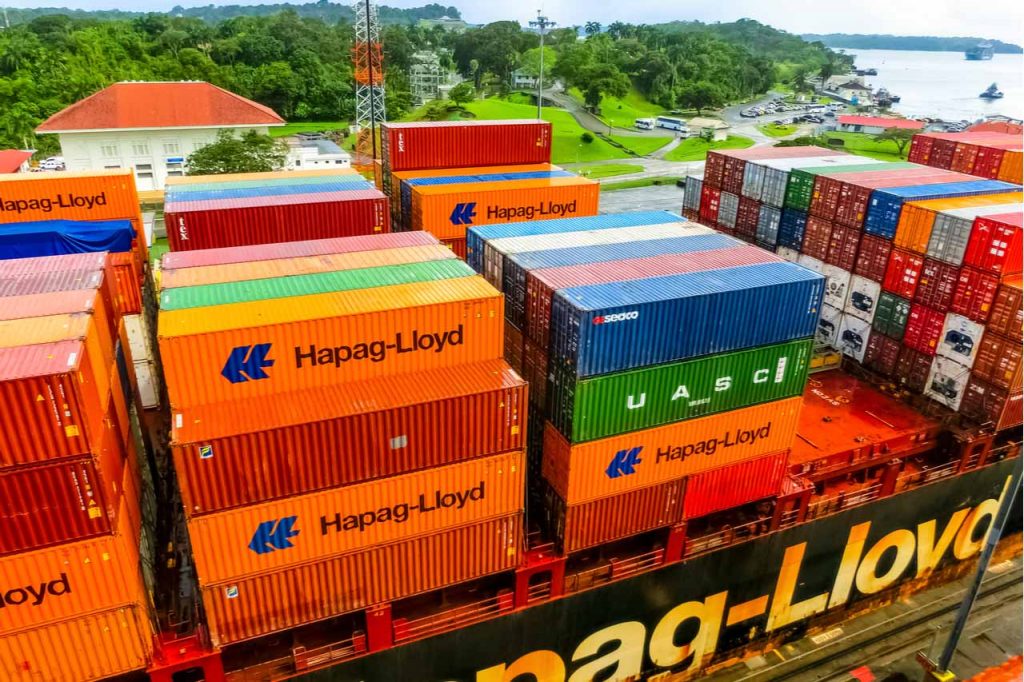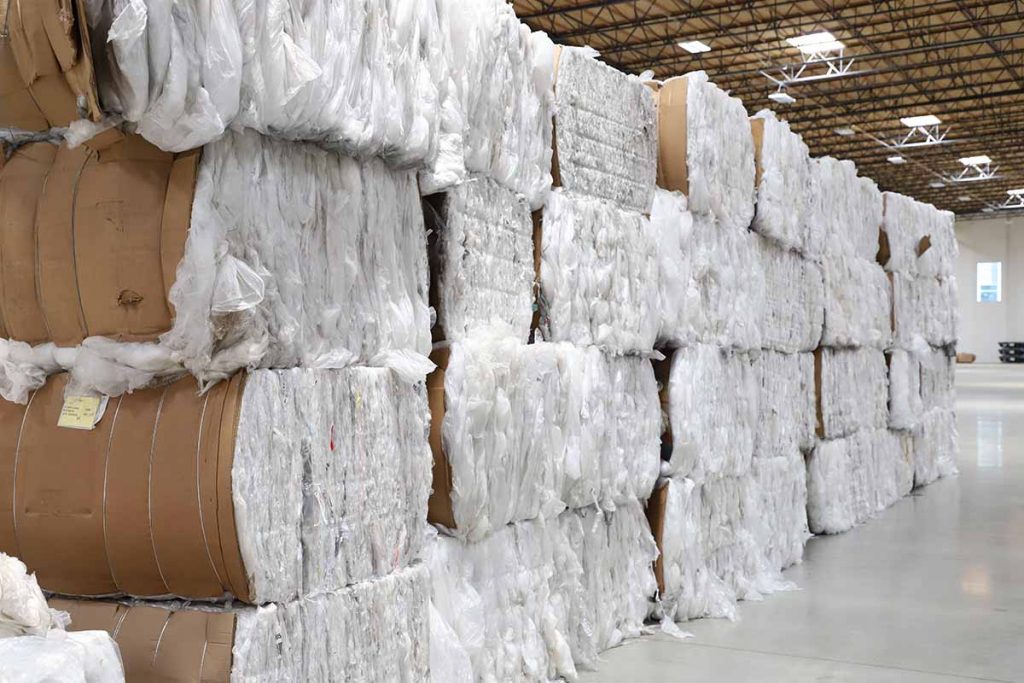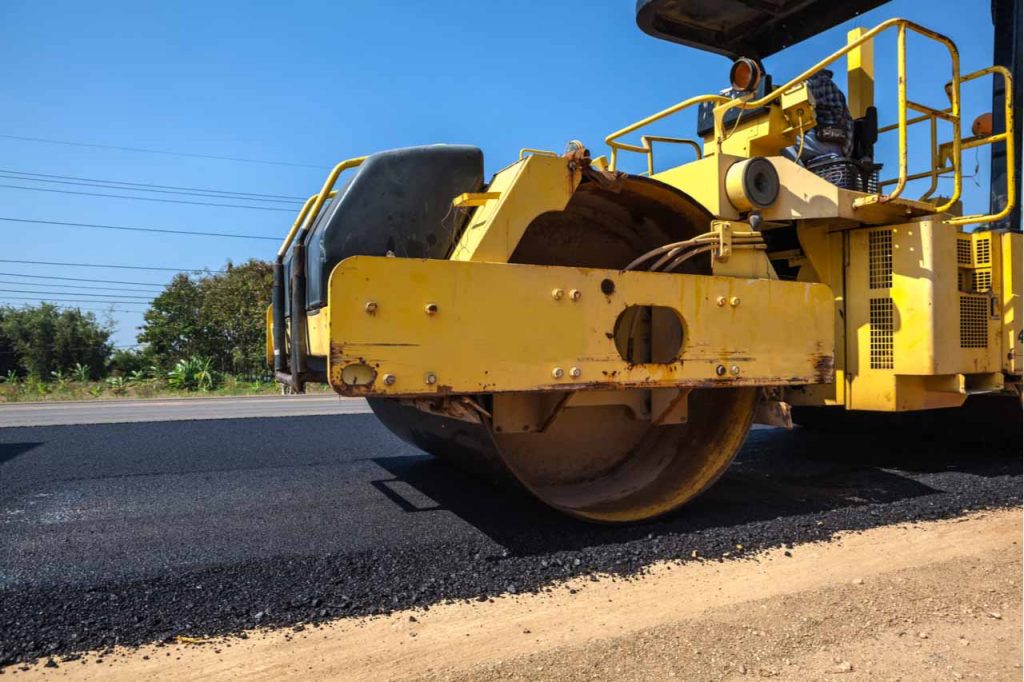
Based on the lab-scale research, the Plastics Industry Association is now working with several companies to use a recycled-PE binder in asphalt on privately funded roadways and parking lots. | Marcel Derweduwen/Shutterstock
Research shows post-consumer PE film could improve the stiffness and resistance of polymer-modified asphalt at less cost than the co-polymers that are typically used.



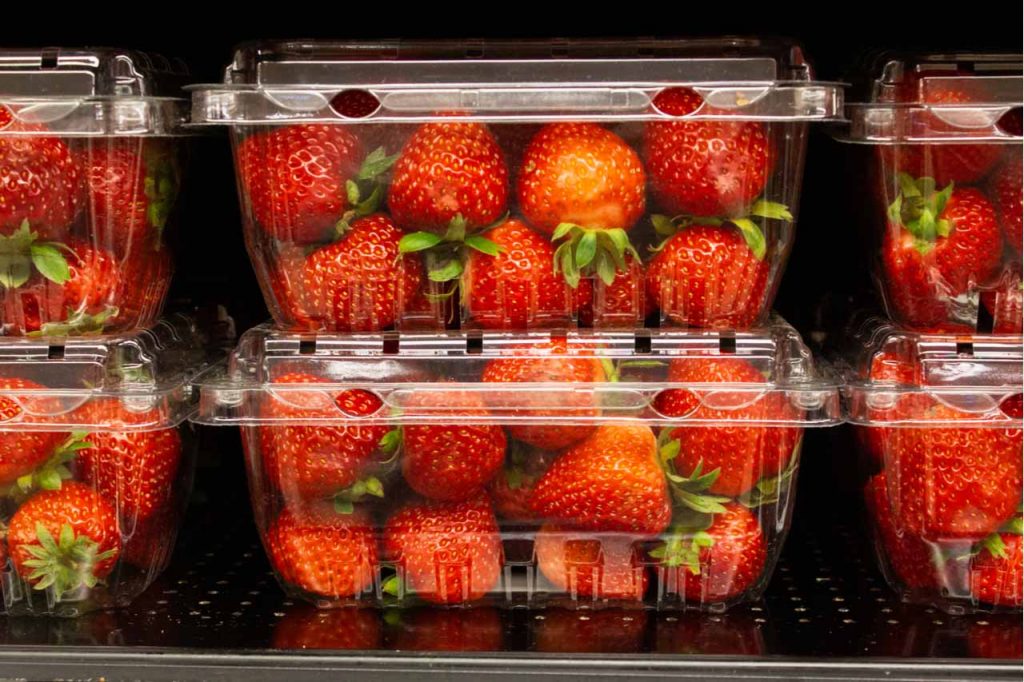
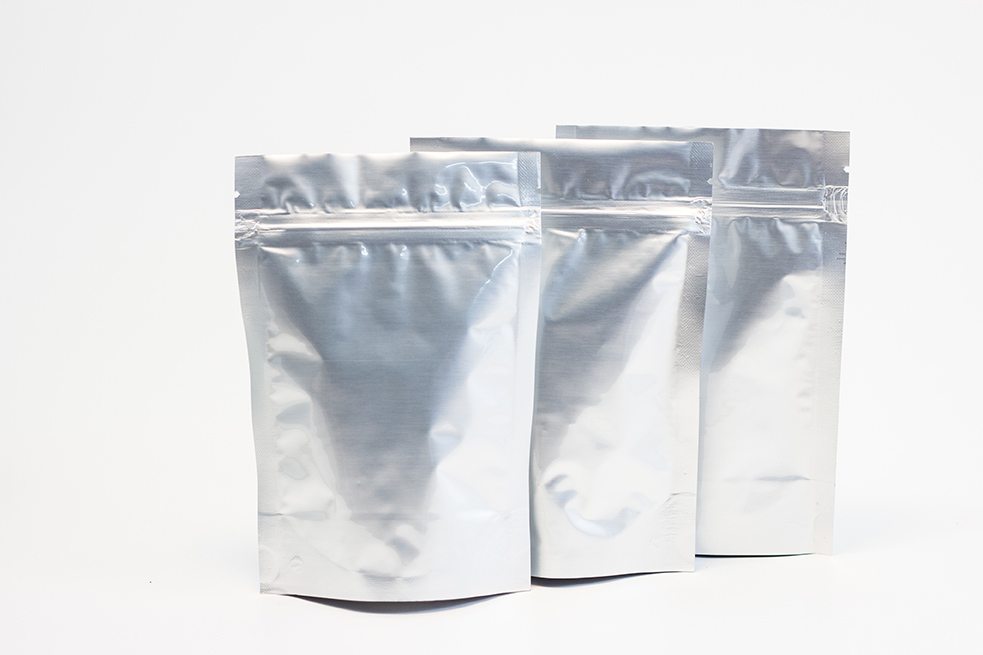
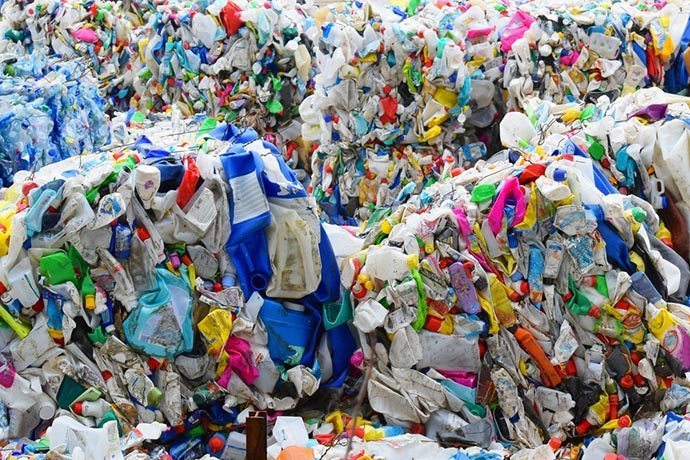
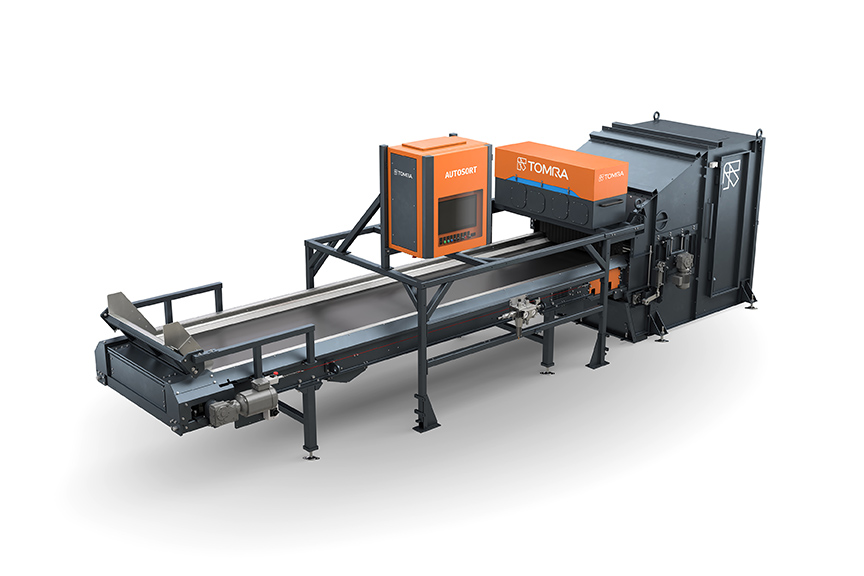
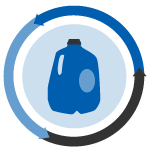 Reclaimers install specially designed shredders, scientists tweak scrap thermosets so they can be remolded, and four technologies win over $1 million in grants.
Reclaimers install specially designed shredders, scientists tweak scrap thermosets so they can be remolded, and four technologies win over $1 million in grants.